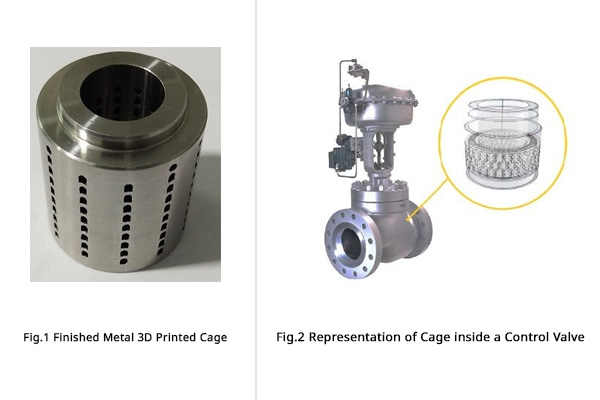Design Optimization (TO) of Top Engine Mount Bracket for Automotive Application.
The influence of Additive Manufacturing constraints together with modal and stiffness targets is investigated with an objective of weight reduction. Using Topology Optimization with the given constraints gives us a feasible design that can be additively manufactured in a fully self-supporting manner. Topology Optimization yields a part design with the required strength along with minimum weight and mass. Metal Additive Manufacturing is then used to manufacture this part because of its ability to handle complex and organic geometries.
Challenges
A failing engine mount bracket can lead to serious engine damage and adversely impact the reliability and performance of the vehicle. The need for lightweight structural materials in automotive applications is increasing as the pressure for a reduction in emissions and improved fuel economy has increased. The most effective way of increasing automobile mileage while decreasing fuel consumption and emissions is to reduce vehicle weight.
Further, a more detailed finite element analysis for the optimized CAD was carried out in ANSYS with the same loading conditions to compare the results with the existing model (static and modal analysis).
Result
The results of the manifold block were beyond expectation due to reduced build time, less material consumption reduced support removal and post-processing increased efficiency and no leakage in operation.
- Weight reduction by 70% - with lighter structure and increased material efficiency.
- Minimizing 18% of stress - Achieved Stiffer Structure.
- Deflection was reduced by 28% - Structural integrity was improved.
- Reduced lead time and costs.
- Shorter Design Cycle.
- Economical production.


